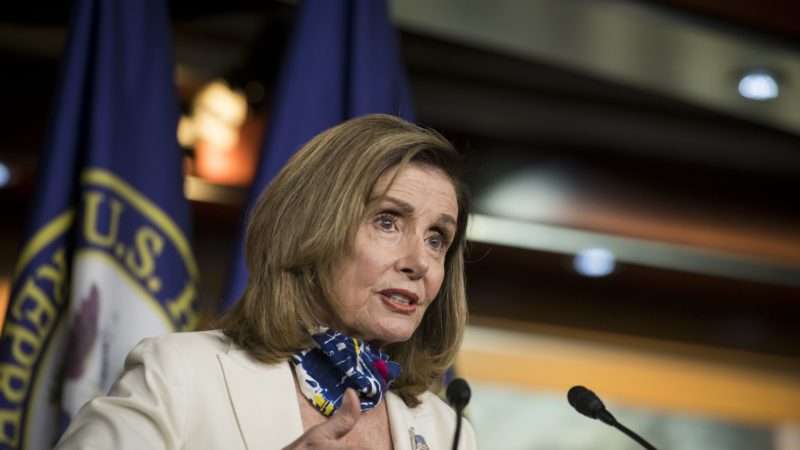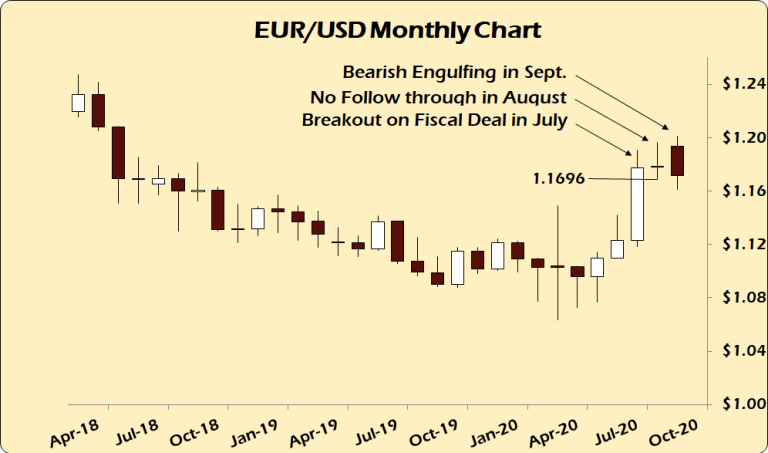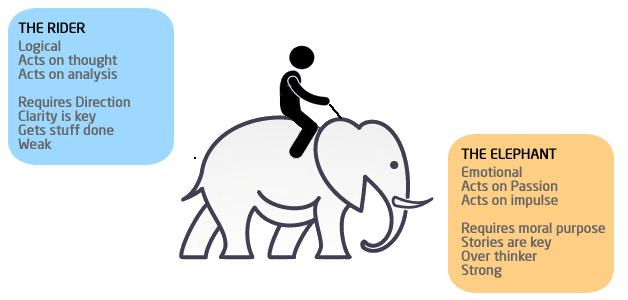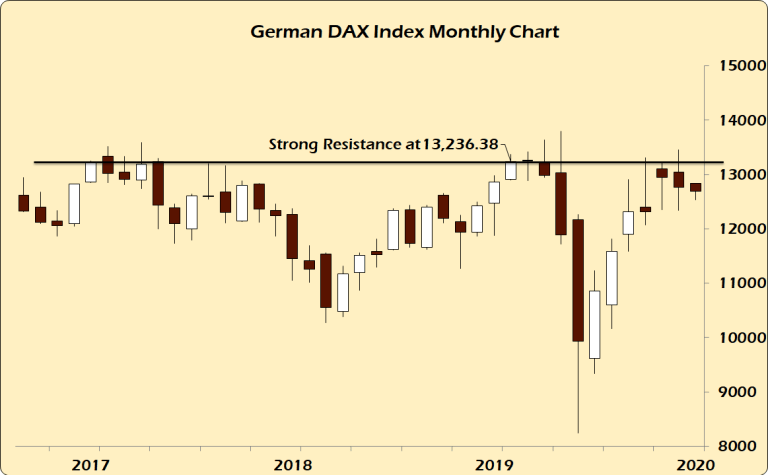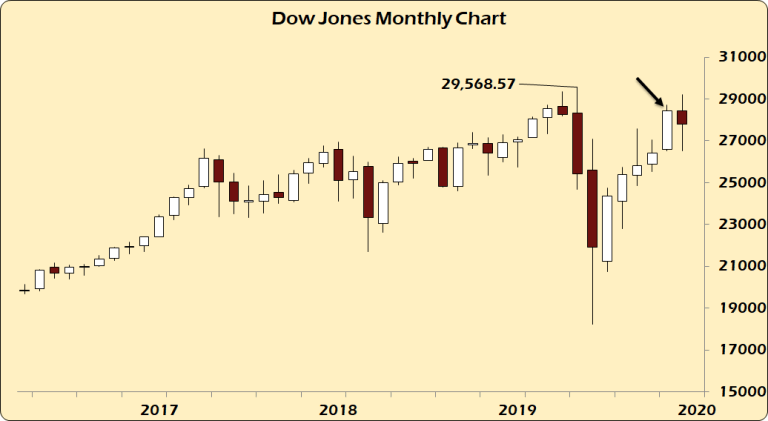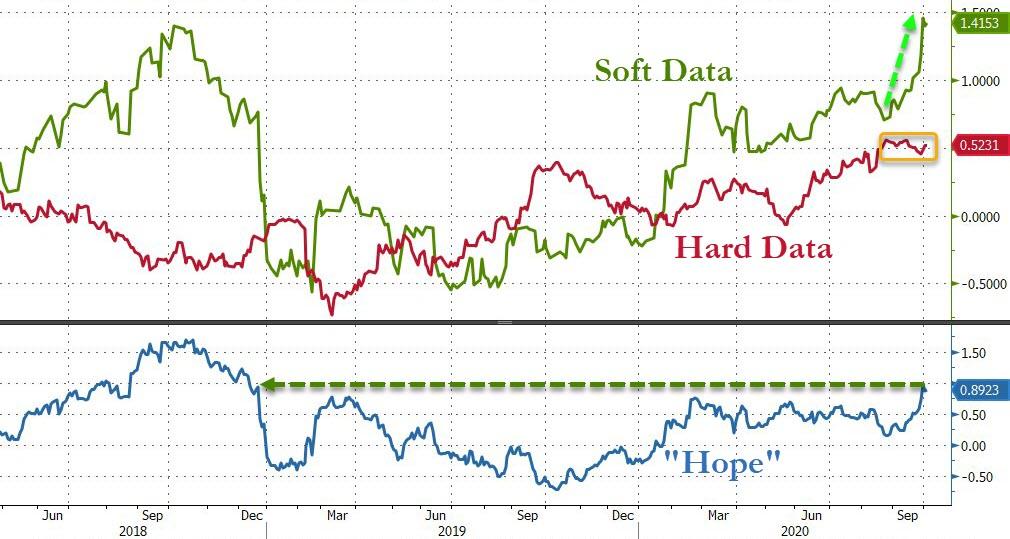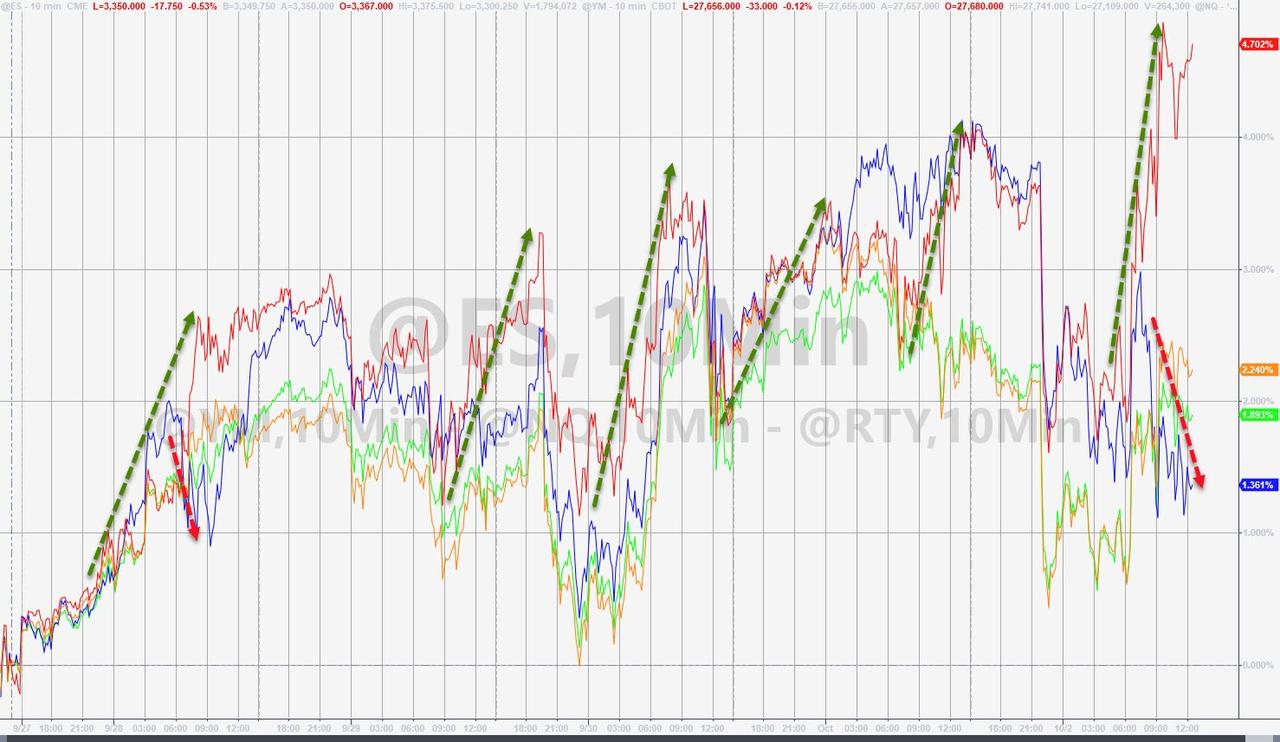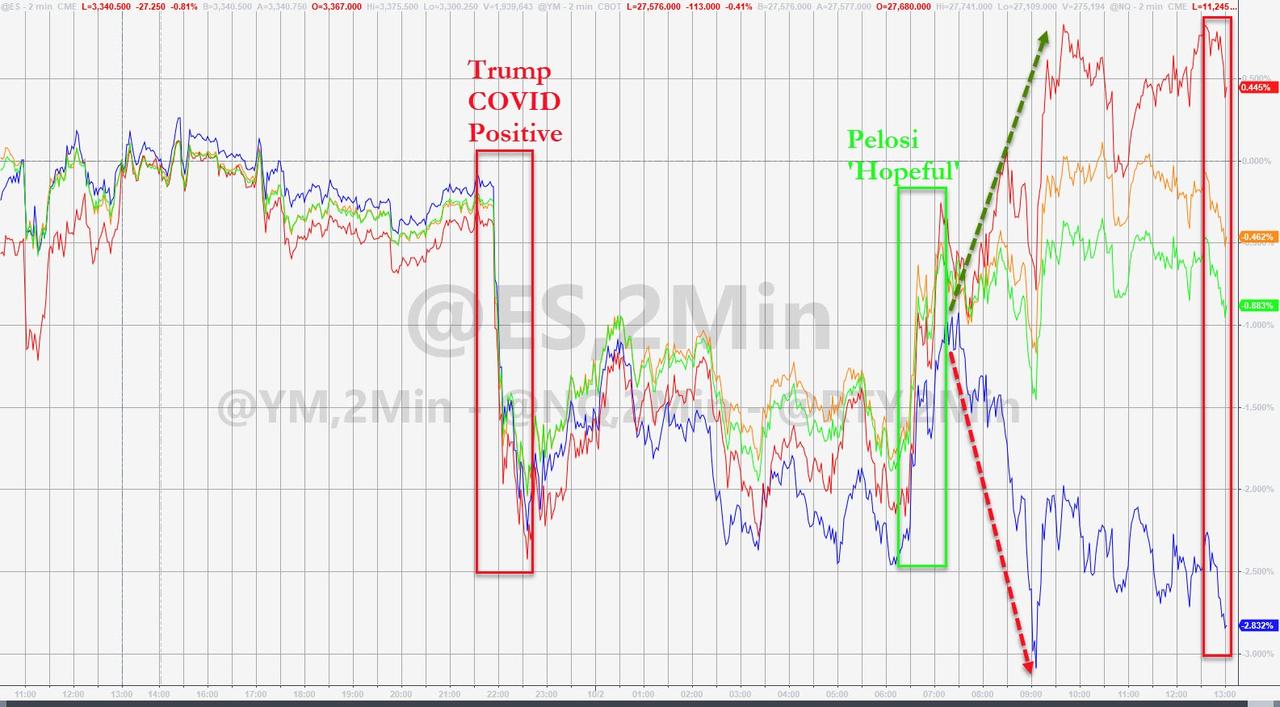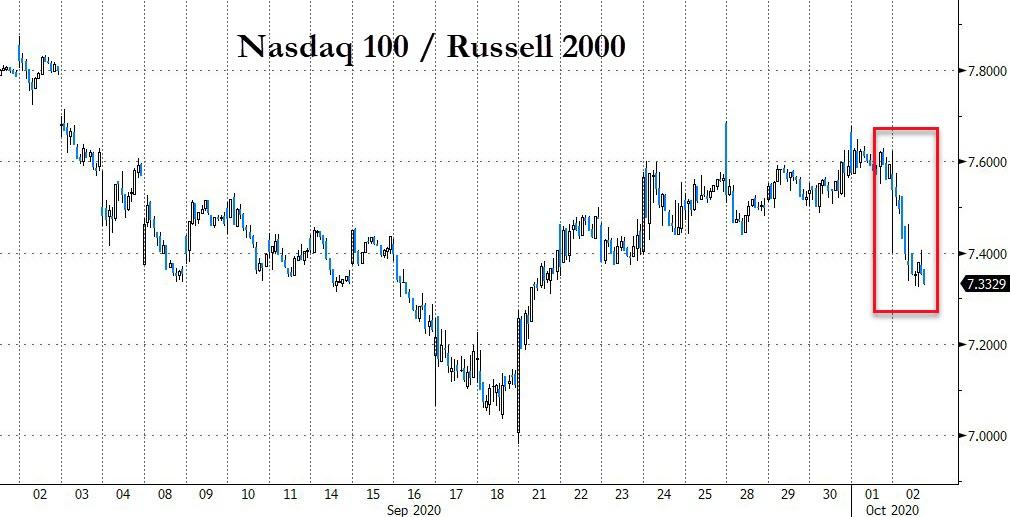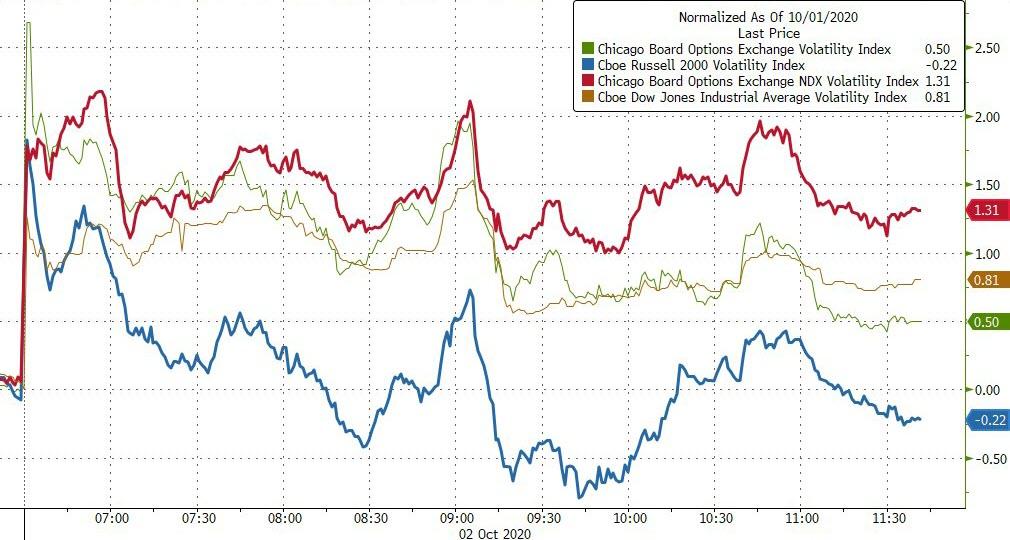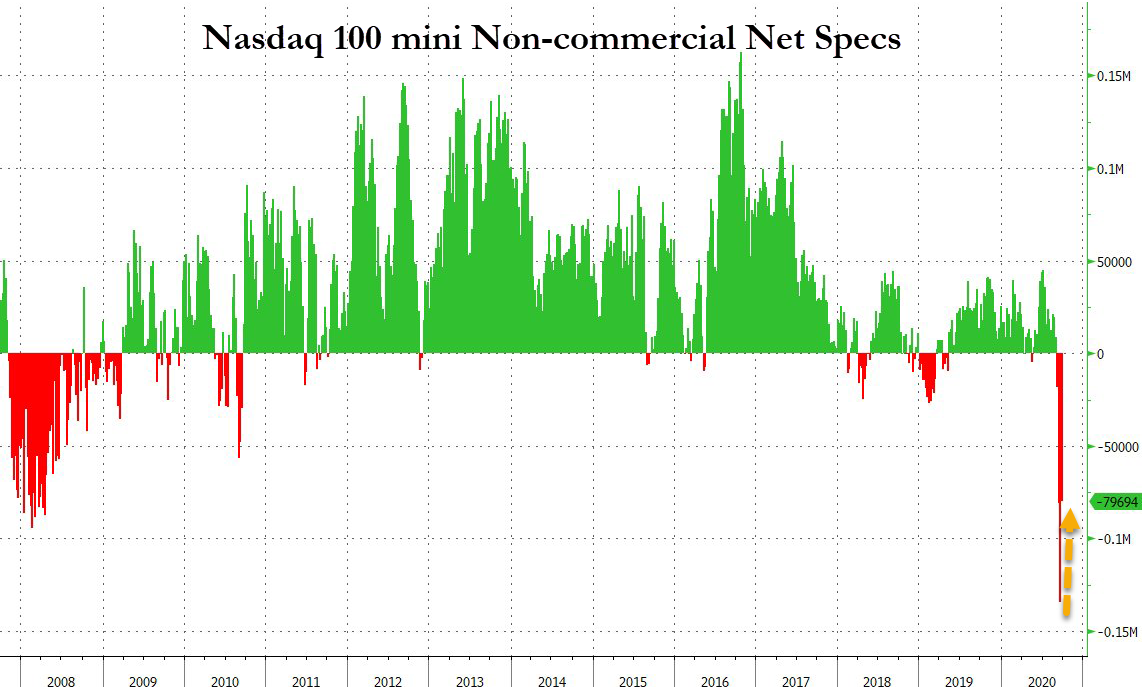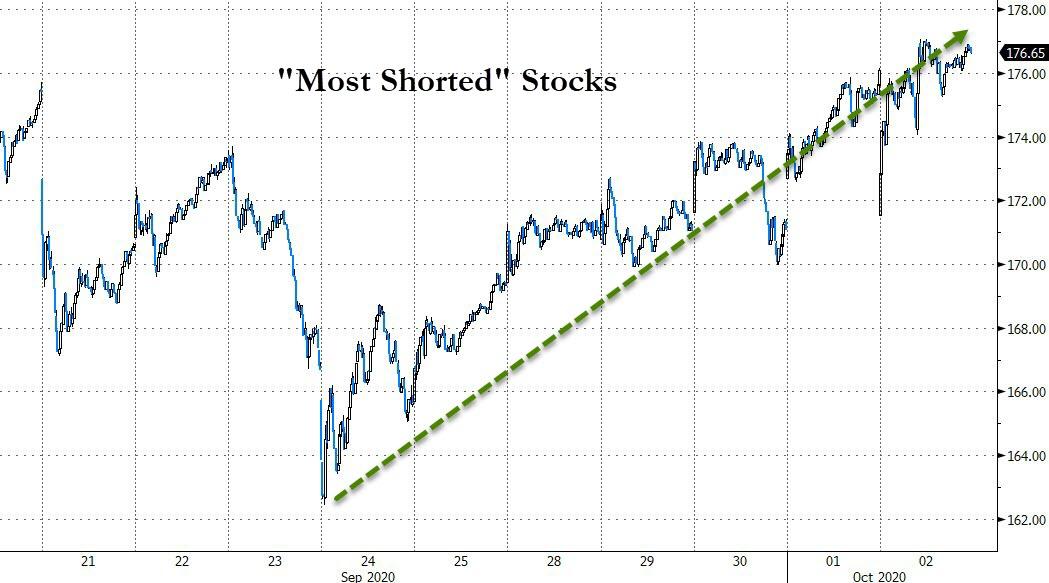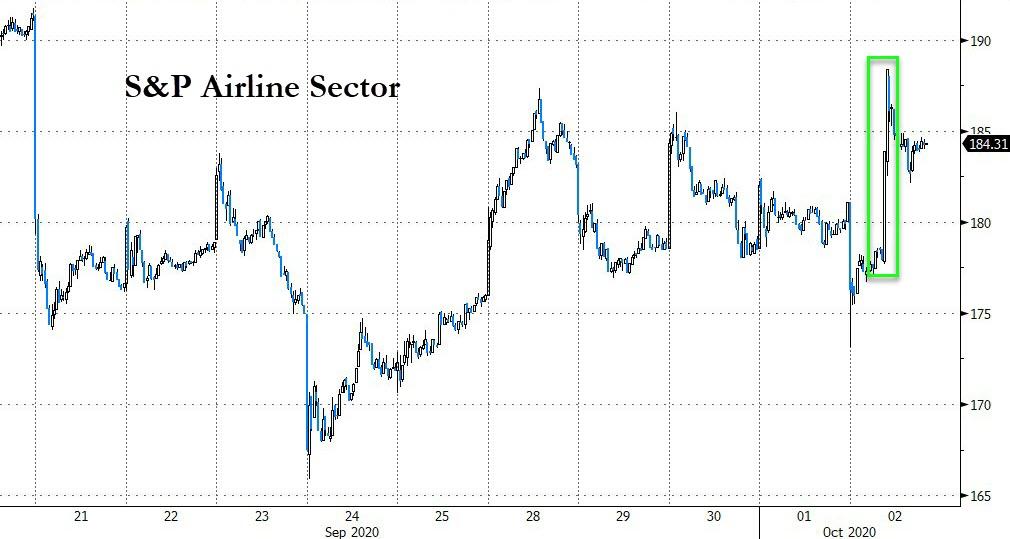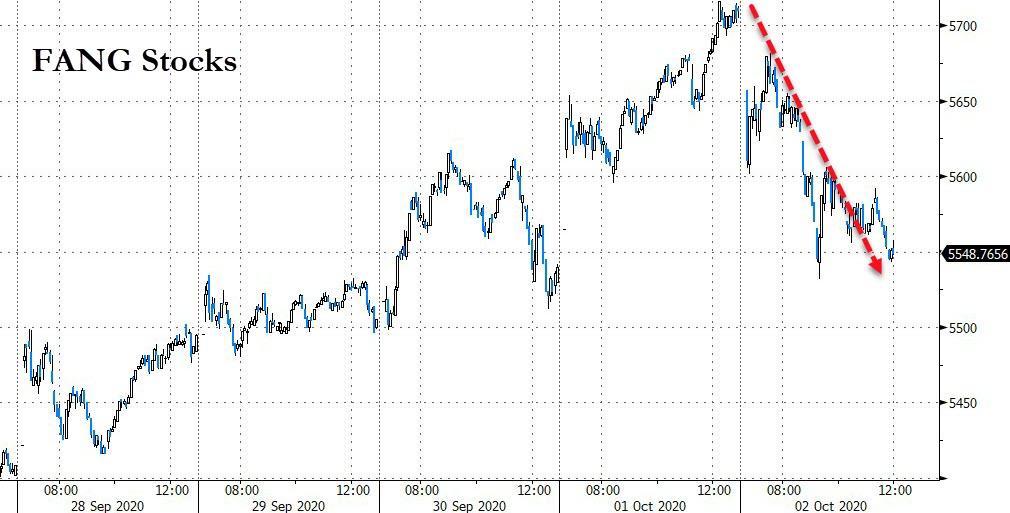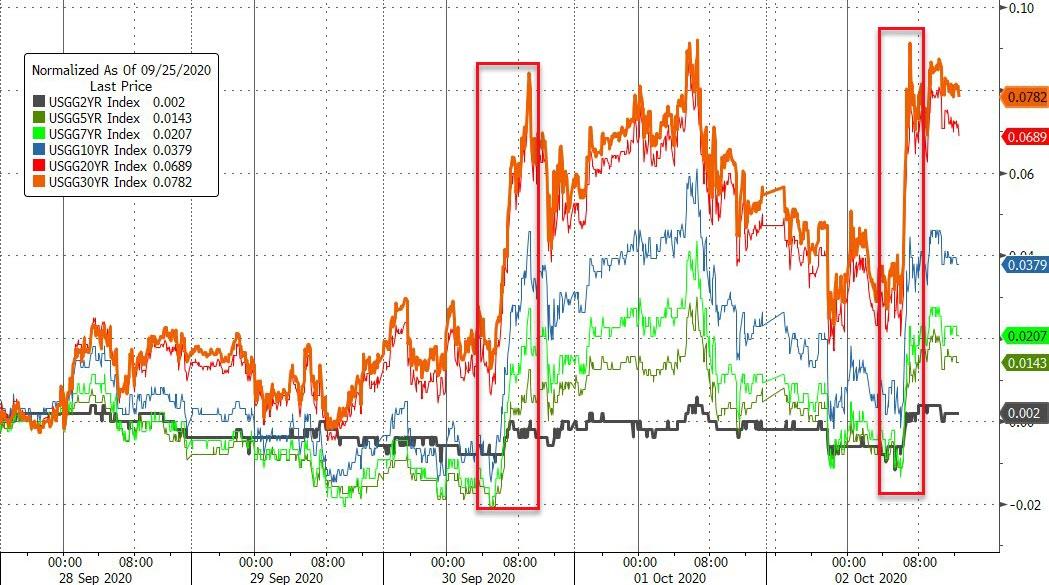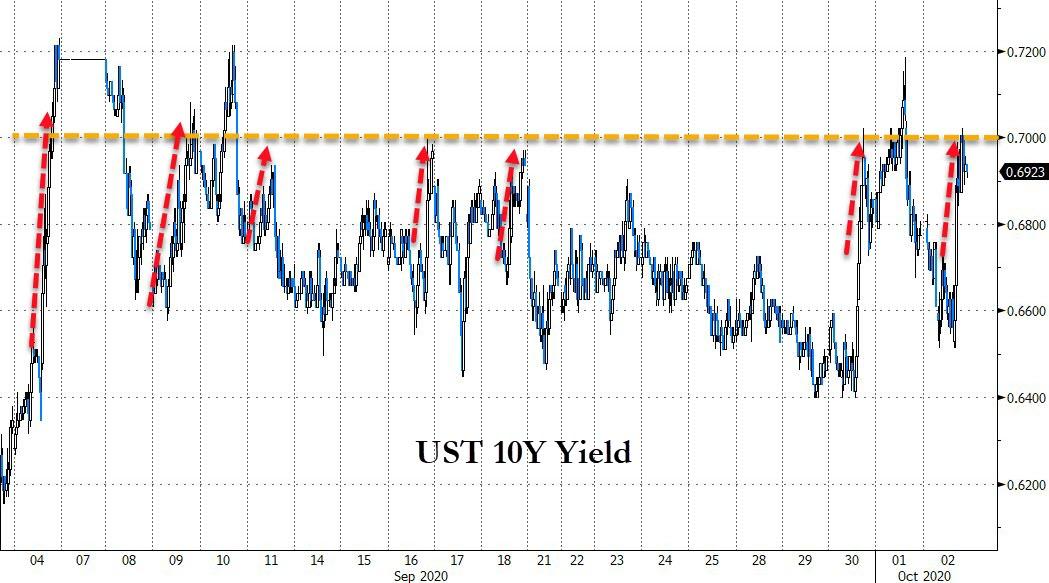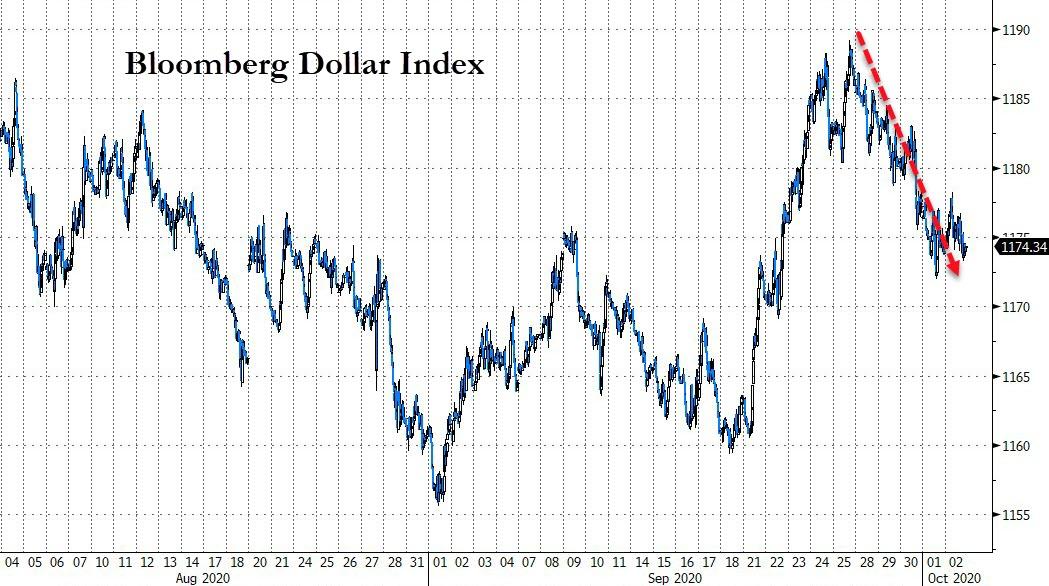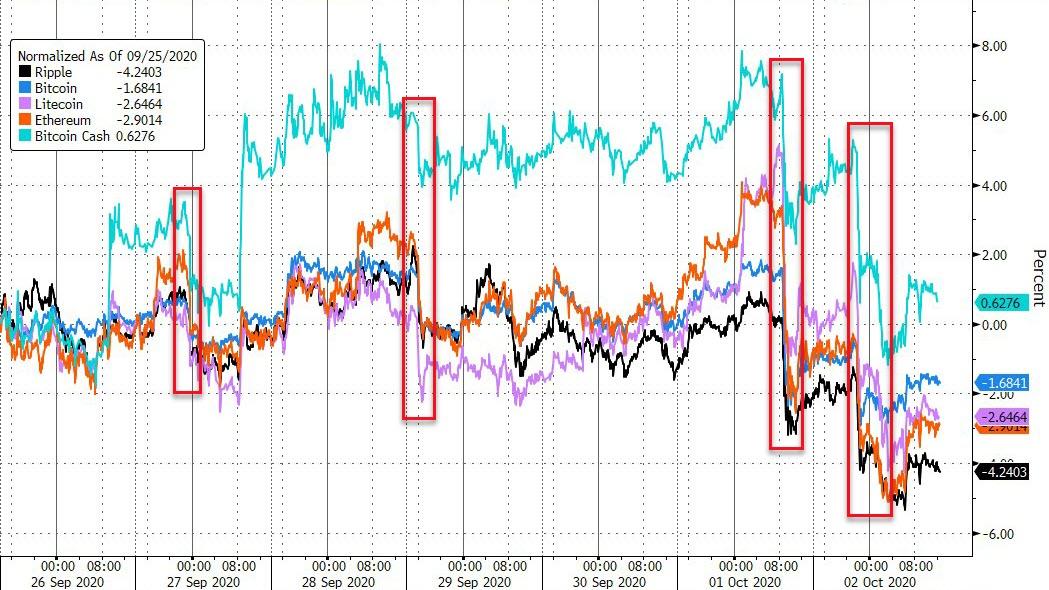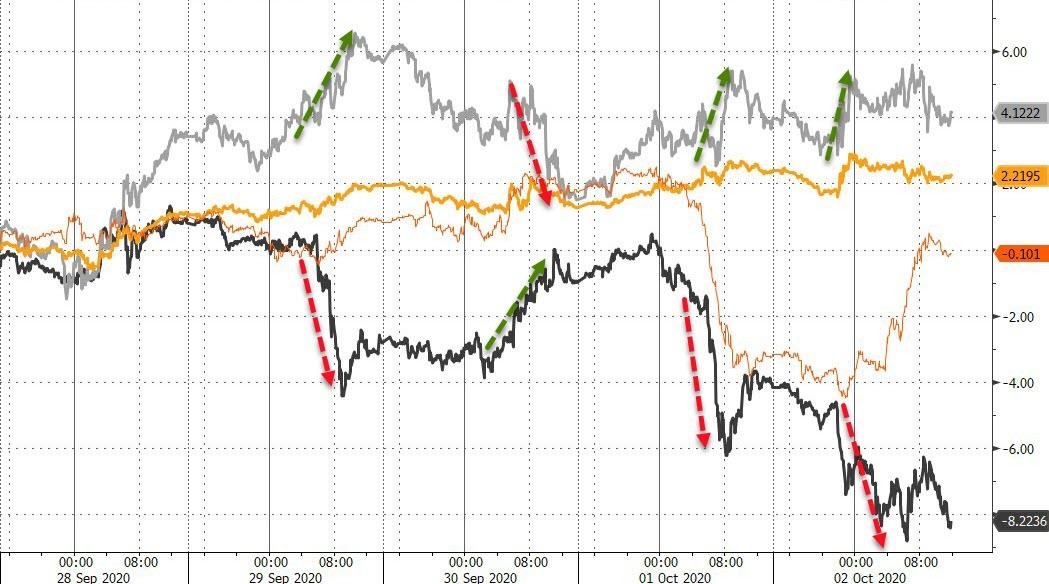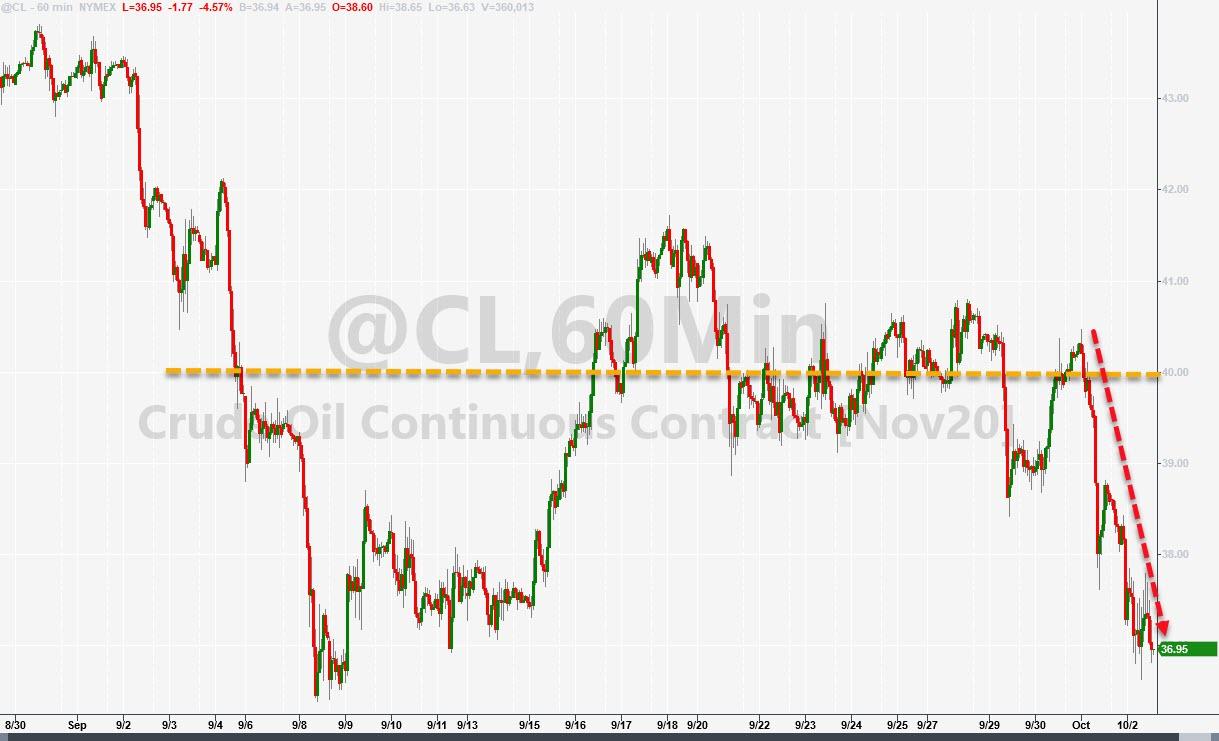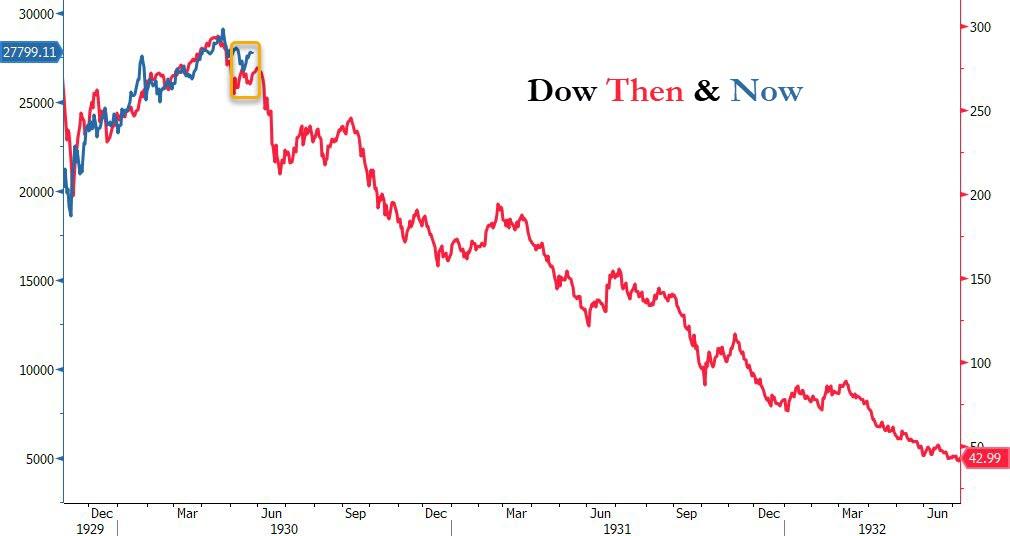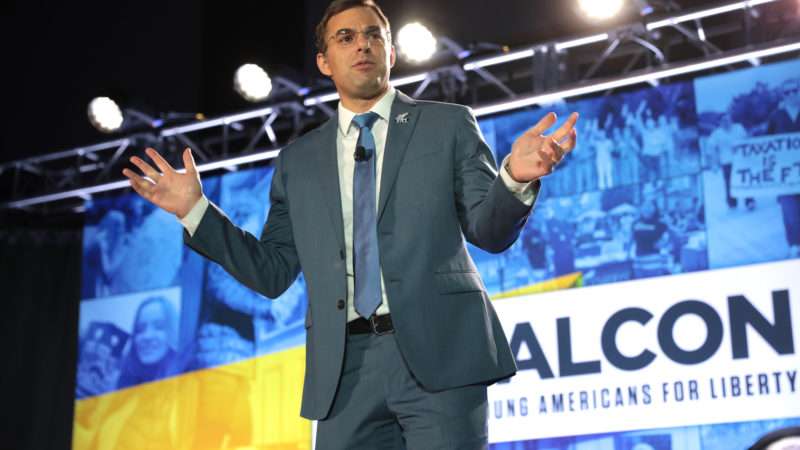
Today the U.S. House of Representatives passed a resolution condemning the QAnon conspiracy theory and encouraging federal law enforcement and intelligence agencies to take a more proactive role in monitoring its adherents.
Dissenting from the widely supported bipartisan measure, which passed 371-18, were a small minority of Republican representatives—and Rep. Justin Amash (L–Mich.). The latter argued the resolution posed serious free speech concerns and could be counterproductive.
“The resolution threatens protected speech (absurd as that speech may be), and its prescriptions for addressing QAnon aren’t appropriate for what we know about them,” said Amash on Twitter following the vote. “These are conspiracy theorists who believe in a deep state that’s fighting against them, so Congress’s declaring that the intelligence community and FBI should be sent after them just confirms their fears.”
The resolution threatens protected speech (absurd as that speech may be), and its prescriptions for addressing QAnon aren’t appropriate for what we know about them & may make things worse. These are conspiracy theorists who believe in a deep state that’s fighting against them,… https://t.co/POPukpQ5YM
— Justin Amash (@justinamash) October 2, 2020
QAnon is a conspiracy theory that the American government is dominated by a secret cabal of deep state elites who operate, according to some adherents, a Satanic child sex trafficking ring. The conspiracy theory has earned endorsements from some Republican congressional candidates, who view said Satanic deep state cabal as working against President Donald Trump.
The House resolution includes five clauses. The first condemns QAnon and associated conspiracies. A second catchall provision condemns all groups and ideologies “from the far left to the far right, that contribute to the spread of unfounded conspiracy theories” and promote vandalism and attacks on law enforcement.
More troubling is a third plank that encourages the FBI and other federal law enforcement agencies to “strengthen their focus on preventing violence, threats, harassment, and other criminal activity by extremists motivated by fringe political conspiracy theories.”
The resolution also encourages “the intelligence community to uncover any foreign support, assistance, or online amplification QAnon receives, as well as any QAnon affiliations, coordination, and contacts with foreign extremist organizations or groups espousing violence.”
Amash’s “no” vote earned him scorn from people who dismissed his expressed civil liberties concerns as insincere given the non-binding nature of the resolution.
Fuck @justinamash who claims to hold the moral high ground above Trump but can't even vote for a resolution condemning QAnon https://t.co/aZUu2Fd8o1
— Yashar Ali ???? (@yashar) October 2, 2020
I read it too @justinamash , it's a non-binding resolution that condemns a dangerous digital cult that is destroying people's lives. https://t.co/ZodkYThcLu
— Yashar Ali ???? (@yashar) October 2, 2020
The controversy mirrors one from earlier in the year over Congress’ anti-lynching bill, which expanded the number of federal crimes that could be punished with the death penalty. Amash voted “no” on that bill because of his opposition to capital punishment, but his stance earned him criticism for being insufficiently anti-lynching.
It’s true that people who’ve expressed support for QAnon conspiracies have committed acts of violence, some of which are referenced in the House resolution. Treating it like a national security threat, however, is wildly disproportionate to any supposed threat that the movement—if it can even be described that way—poses. And siccing the security state on believers of a conspiracy that the security state is out to get them seems tailor-made to validate and inflame the fears of QAnon adherents.
from Latest – Reason.com https://ift.tt/30sdqLj
via IFTTT
